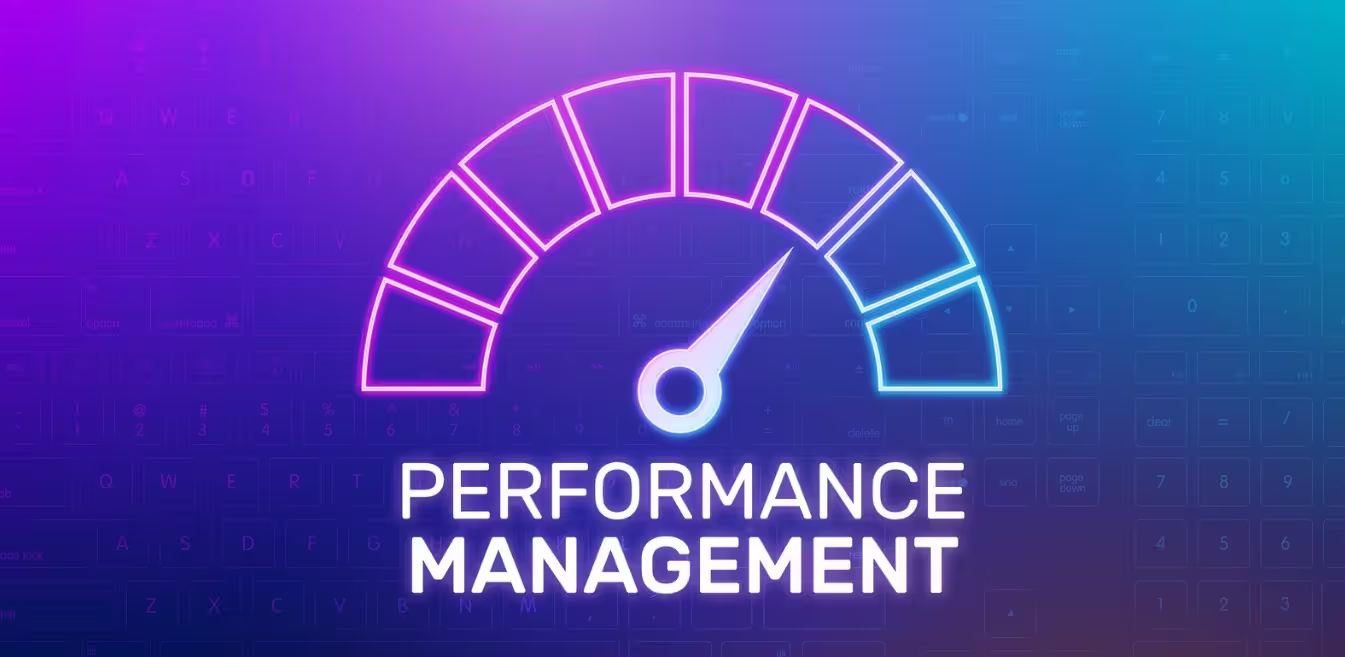E-commerce and Website
Lighthouse: For Those Seeking High Performance When Publishing a Website


In last week’s article, we discussed the relationship between Core Web Vitals and attracting new customers through your company’s website. We explained how this set of metrics is analyzed using real user data and its importance for making performance adjustments based on user experience.
Today, however, we’ll show you how to detect what needs improvement before the site is launched—using Lighthouse.
We understand that the development phase is when the team is most focused on fully optimizing the website so it performs well from day one. That’s why, in addition to PageSpeed Insights for performance evaluation, your development team should also use Lighthouse to estimate how the site will behave when users start accessing it.
Lighthouse vs. PageSpeed Insights
The main difference between Lighthouse and PageSpeed Insights lies in the data source used to analyze performance. Only PageSpeed Insights utilizes actual user navigation data to assess how your website is performing. Lighthouse, on the other hand, doesn’t rely on user data but analyzes the site’s code according to best practices based on Core Web Vitals.
In terms of results, both tools offer similar information. The difference is the context. If your site has been live for a while and gets a decent amount of daily traffic, PageSpeed Insights provides a more realistic measure of performance based on real user experience. However, if your site is new or still in development, there’s no browsing data to analyze—so Lighthouse is the better choice.
Variables That Affect Test Data
Whichever tool you use, you’ll always see some variation in results when testing the same site at different times or under different conditions.
For example, as we mention in the video, the Lighthouse desktop score for Visie’s website sometimes shows 100 and other times 99. It’s important to understand what factors might cause such fluctuations, so you don’t misinterpret the results.
Lighthouse Limitations and Considerations
Lighthouse runs tests directly from your computer. So, if other programs are open, or if your system is under heavy load, or if your internet connection is unstable at the time, the results can be skewed.
To avoid this, make sure Lighthouse is the only thing running during the test. It also helps to use an incognito window to prevent browser extensions from interfering.
Even with these precautions, there may still be slight variations in scores—but nothing that should significantly affect the overall performance diagnosis.
PageSpeed Insights, on the other hand, is based on real user data from the past 28 days. So any changes in how users interact with your site will influence the score directly.
More from Lighthouse
Beyond load performance, Lighthouse also evaluates PWA (Progressive Web App) features—if your site isn’t a PWA, this section will be empty.
It also provides insights like Total Blocking Time, which indicates how long the browser was delayed rendering CSS or executing JavaScript.
Another helpful metric is the weighted Speed Index, which gives developers a general overview of various loading times.
If you haven’t seen the video yet, we break down these metrics there.
Checklist of Best Practices
Running these tests isn’t just about scoring high—it’s about identifying exactly what needs improvement to achieve high scores. That way, by the time development is complete, your site is fully optimized according to Google’s Core Web Vitals.
So regardless of the score your site gets from Lighthouse, pay special attention to the performance recommendations. Following this list gives your site a better chance of delivering high performance and standing out in Google search results, ahead of competitors.
By Joana Kerr
© 2024 Visie
All rights reserved.